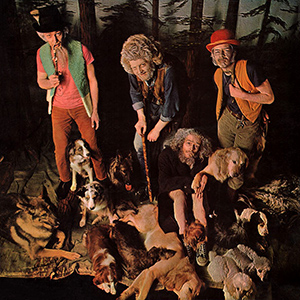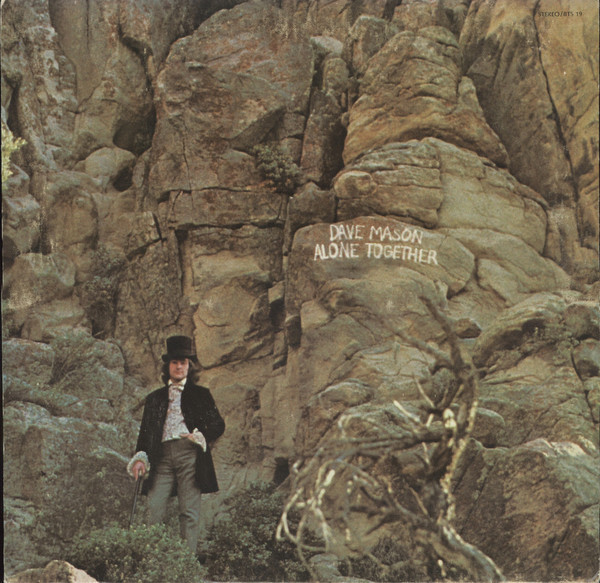Meanwhile, Bruce tried to stay busy in the ‘90s. The two new albums released the same day weren’t as successful as the tour supporting them, as fans flocked to see their hero running around a stage with people that pointedly were not the E Street Band. But he did manage to recapture some respect with a song written for the highly popular film
Philadelphia; “Streets Of Philadelphia” wasn’t as dramatic as the song Neil Young wrote for the same movie, but it caught on enough to garner an Oscar, and eventually a few Grammies. It was also a key selling point for his first-ever
Greatest Hits album.
The title ticked a lot of fans off, since not all the songs were hits, not all the hits were on it, and there was nothing from his first two albums (likely because that would have put money in the pocket of his former manager and producer). Chances are they had the four songs from Born In The U.S.A. a couple of times already, too. But for people whose CD racks consist solely of hits collections, soundtracks and such, Bruce’s Greatest Hits did cover enough of those bases. If you like one of the songs, you like them all.
Most attention was paid to the four brand new songs at the end, all recorded with—ta-da!—the E Street Band. First, there was “Secret Garden”, destined to replace “Every Breath You Take” as the most misunderstood song choice for wedding receptions, helped along by Jerry Maguire. Its understated keyboards had already become a Boss trademark, and his intimate vocal belies something of a bizarre “Candy’s Room”. “Murder Incorporated” wasn’t exactly new; this angry track was left over from the Born In The U.S.A. sessions, dusted off and sounding great. “Blood Brothers” is back to quiet, with lyrics that seem to refer to the band, but probably don’t. It soon picks up a galloping beat not unlike Dire Straits, and that’s meant as a compliment. Finally, “This Hard Land” was another early-’80s leftover, but newly recorded.
Songs as strong as these only made people wish Bruce and the boys could record and release a full album. But that wouldn’t happen for a while. In the meantime, Greatest Hits ensured big-box record retailers outside the 201 area code that they could still have a Springsteen slot in their racks with decent turnover.
In time, of course, Bruce (or more likely, his management team) would allow himself to be anthologized further. But while he continued to make music in the new century, none of it was popular enough to garner a Volume Two where this set left off. Therefore, any future collection would include most of what was on the first
Greatest Hits, followed by whatever they felt worthy of being tacked on. While
The Essential Bruce Springsteen had some merit, particularly in its first incarnation, the decision to market a
Greatest Hits of “Bruce Springsteen & The E Street Band” was first head-scratching since they’d already played on most of the original hits album anyway, but moreso when it was initially sold exclusively at Walmart. Five of the twelve selections hadn’t been on the first one, and three of those were from this century. At least the later European version added another six tracks to fill up the disc.
Three decades after that first set, someone decided we needed a
Best Of Bruce Springsteen, despite the self-defeating nature of somebody else decided what his best would be. The usual grab bag of selections from before 1995 were amended by four subjective choices from four of his ten post-9/11 albums. That filled up a CD, but the increasingly common “digital edition” added another hour’s worth of music, including four more songs from this century, three representing more recent albums skipped on the retail version. Given the proliferation of vinyl releases outside of Record Store Day, it was truly a cash grab, and considering how much flak he was getting for astronomic ticket prices, many fans felt it underscored how out of touch he’d become. That said, the music was still as good as it ever was.
Bruce Springsteen Greatest Hits (1995)—4
Bruce Springsteen & The E Street Band Greatest Hits (2009)—3½
Bruce Springsteen Best Of Bruce Springsteen (2024)—3½

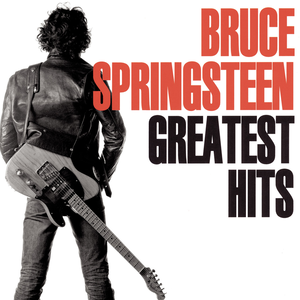



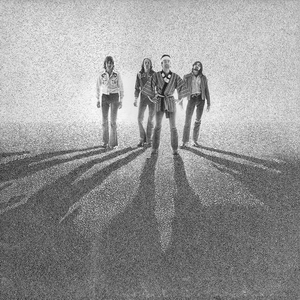
.jpg)
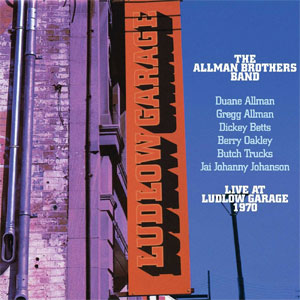
:format(jpeg):mode_rgb():quality(90)/discogs-images/R-15967003-1601059495-4210.jpeg.jpg)
:format(jpeg):mode_rgb():quality(90)/discogs-images/R-10537684-1499463405-5639.jpeg.jpg)
:format(jpeg):mode_rgb():quality(90)/discogs-images/R-5383797-1392034950-5244.jpeg.jpg)
:format(jpeg):mode_rgb():quality(90)/discogs-images/R-14901595-1583747830-8582.jpeg.jpg)


